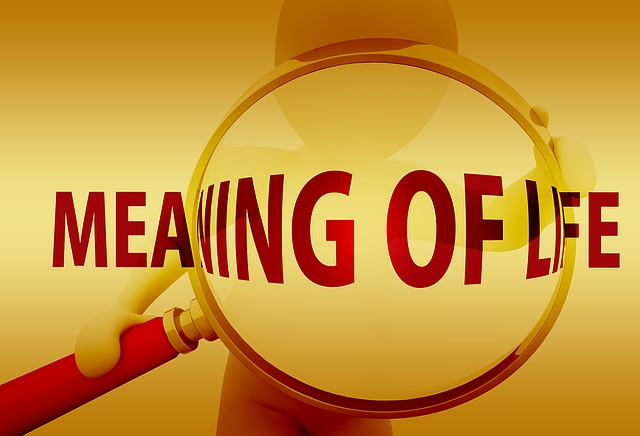This morning I attended the funeral service for our colleague and friend, Joyce Maris, who joined our human resource consulting organisation in 2014. She had previously worked for the Australian Taxation Office for 30 years. Joyce drowned in a rip while swimming at Kingscliff on Sunday 10 March 2019. She was 58 years old.
Joyce was someone who savoured life. She loved her tennis and was a member of a cycling group who rode regularly. She savoured her friendships and loved those who were closest to her – her mother, children and grandchildren. Joyce always had a smile, enjoyed travel and lived life to the full. Her cycling group had a spontaneous memorial ride on the Tuesday after her death – wearing black armbands, praying together and riding in silence for part of their journey as they each remembered their constant riding companion.
Savouring life
There is so much in life to savour – we can value our work, savour our achievements and rewards, value the space of being alone and even savour the freedom of boredom which can be the fertile ground for personal growth and creativity. If we can slow our life to appreciate what we have and express gratitude, we can begin to savour everything in our life and live fully in the present moment. Holly Butcher, who died of cancer at the age of 27, urged us to value every aspect of our lives, and refrain from contaminating the lives of others through complaining and whinging about minor issues.
Meditating on death
Joyce’s sudden death was a stark reminder of our own mortality and the unpredictability of our own death. Mindfulness teachers remind us of the benefits of meditating on death – overcoming the fear of dying and increasing our commitment to savour life. The death of a friend, family member or colleague can be a catalyst for us to meditate on our own death.
As we grow in mindfulness through reflection on the life of someone who has died and through meditating on death, we can learn to fully savour life and surf all its waves. We can admire the life balance achieved by someone like Joyce who was fit, professional in her consulting work and a loving mother and grandmother. We can hope, too, that Joyce is enjoying the light, love and peace reported in many near-death experiences.
____________________________________________
Image by RENE RAUSCHENBERGER from Pixabay
By Ron Passfield – Copyright (Creative Commons license, Attribution–Non Commercial–No Derivatives)
Disclosure: If you purchase a product through this site, I may earn a commission which will help to pay for the site, the associated Meetup group and the resources to support the blog.









